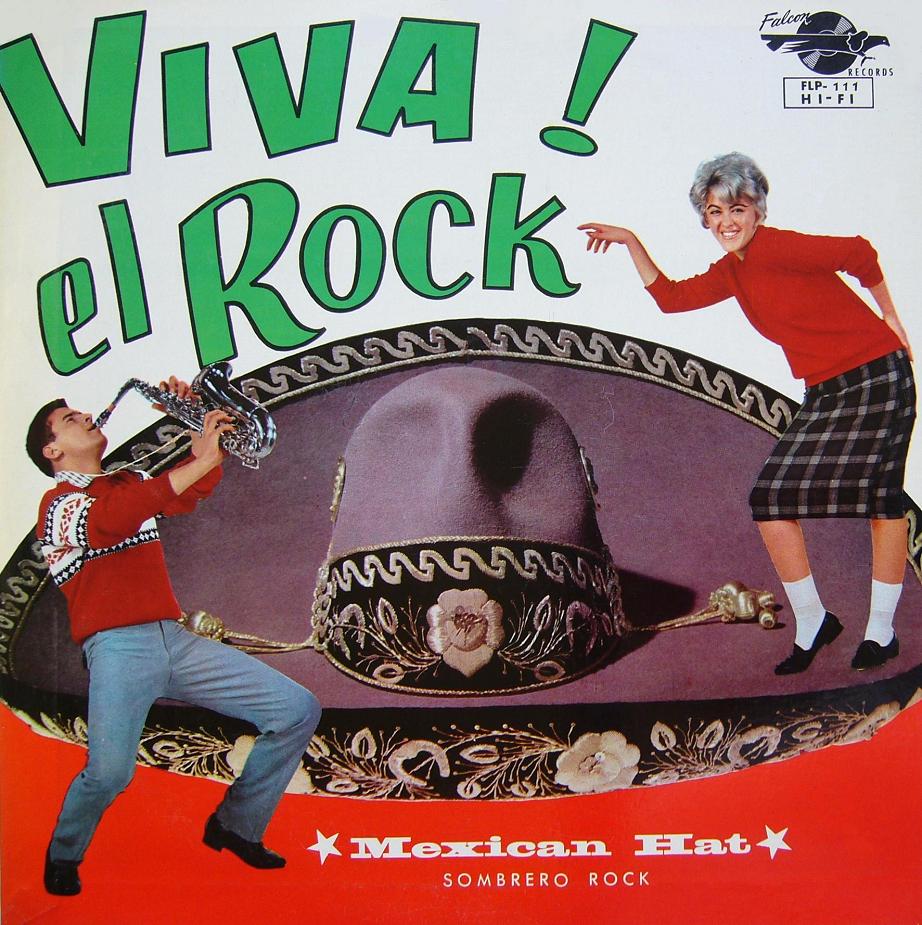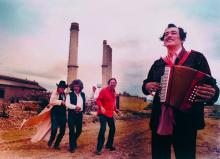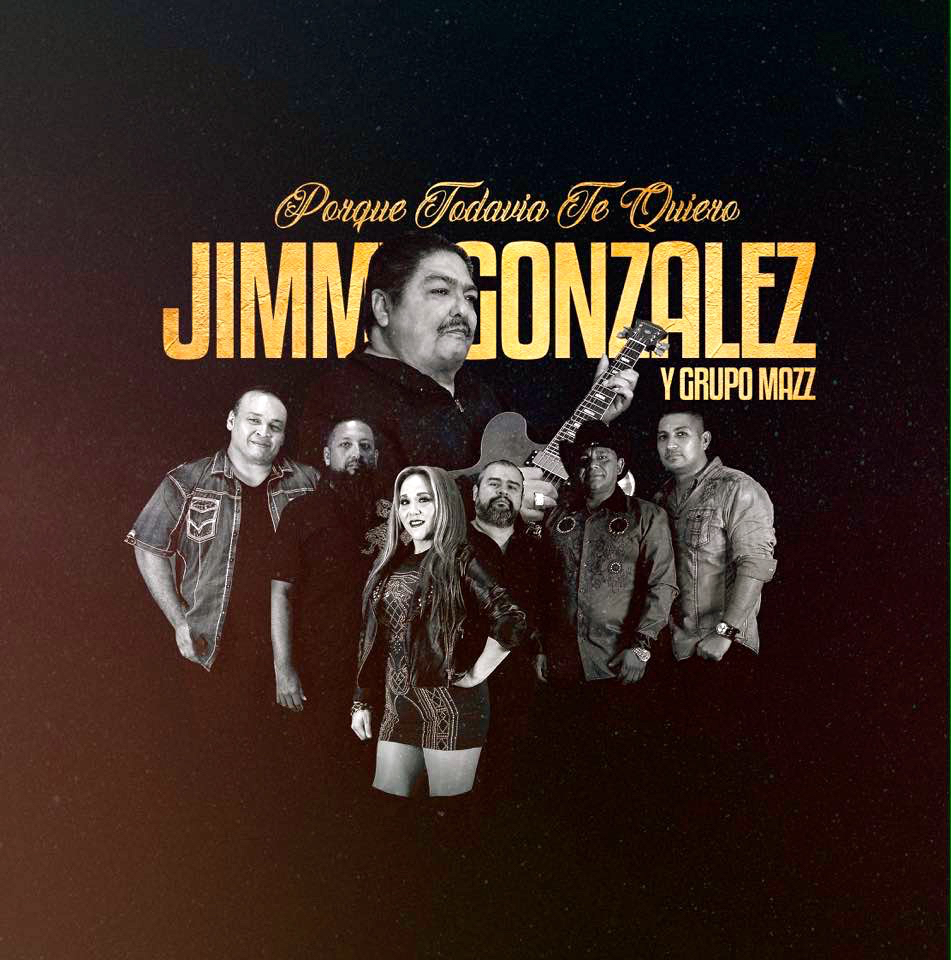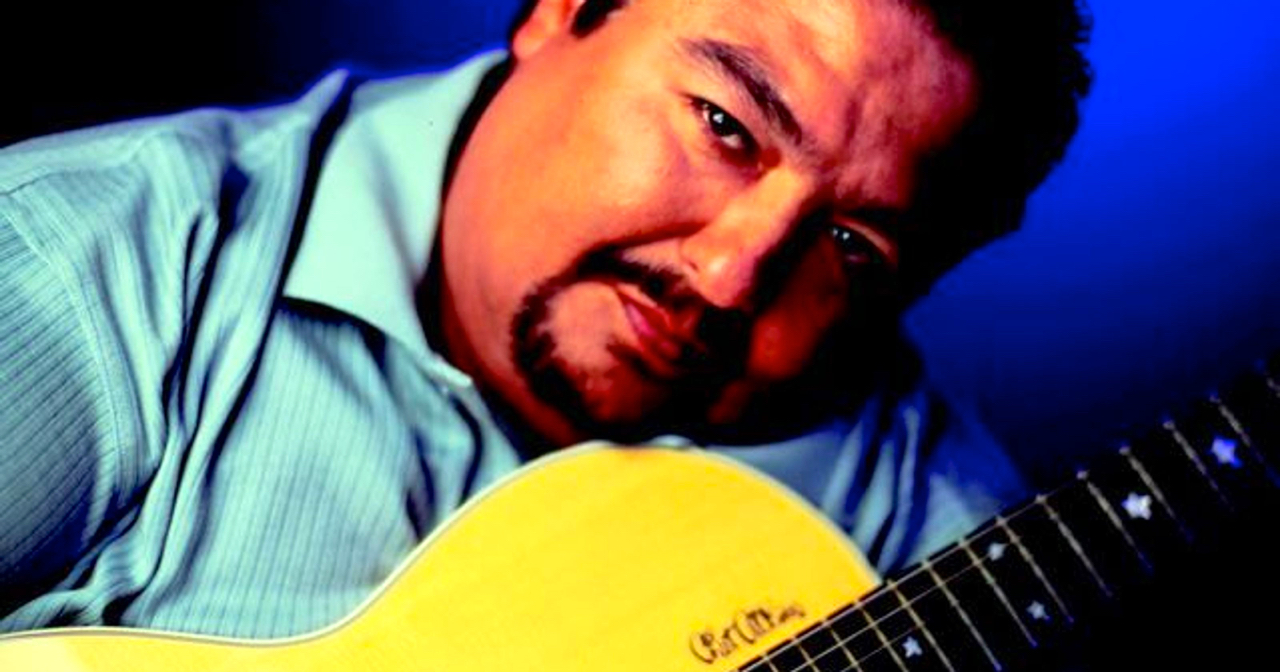
Mexican Americans have produced memorable musical fusions over the past half-century. Best known perhaps are two California strains: the salsa-rock of Carlos Santana from San Francisco and the blues-meets-jarocho sound of Los Lobos in Los Angeles. A lesser known but equally enduring style comes from the Lone Star State: Tejano rock. It’s a blend of melodic Tex-Mex accordion, edgy electric guitar, and a touch of raucous rockabilly.
The Frontera Collection has many examples of this style. However, Tejano Rock is not specifically listed as a searchable genre. Because of the haphazard way record companies identified genres on their labels, and because genres are both industrially and culturally defined, label information is inconsistent.
A smattering of songs in the collection are identified simply – and somewhat misleadingly – as “Rock And Roll.” There are also variations thereof – “Rock N Roll,” “Rock N’ Roll,” “Rock’N Roll” or just plain “Rock.” Many of these songs were recorded in Mexico during the rock craze of the 1950s and ’60s when a host of bands became instantly popular by doing Spanish covers of U.S. Top 40 hits. They had fun, adolescent names like
Los Teen Tops,
Los Sinners, and
Los Rockin’ Devil’s (spelled with the possessive apostrophe). They covered songs by the Isley Brothers (“Shout” or
“Gritos”), Gene Vincent (“Crazy Legs” as
“Piernas Locas”), and Larry Williams (“Bony Maronie” famously translated as
“Popotitos“). They also did songs whose titles needed no translation, such as Little Richard’s
“Tutti Frutti” performed by Los Teen Tops.
Another gem of that genre is
“‘Ay’ Nos Vemos Cocodrilo” by
Gloria Rios, a cover of “See You Later Alligator” by Bill Haley and His Comets. The gorgeous Rios, known as the forgotten queen of Mexican rock, was born in San Antonio, Texas, but launched her career after moving to Mexico City as a teenager. She was backed on her recordings by some of the best musicians of the day, including the orchestra of Héctor Hallal ”El Arabe,” who appears on this
Vik 45-rpm version of the novelty song. Rios was the only female star in the male-dominated Mexican rock scene at the time, but her career faded after moving to Europe in 1960 to perform with her husband, famed bandleader Mario Patrón.
In Mexico, rock ’n’ roll was sometimes spelled phonetically in Spanish as rocanrol. But that spelling does not appear as a category in the Frontera Collection. In the early days of Tejano rock, musicians on the U.S. side of the border sometimes borrowed the term, as well as the trend of doing rock covers in Spanish, or Spanglish. One song uses a playful, anglicized variation in its title:
“Rocanrole Con Frijole,” presumably pronounced with an Americanized “free-hol-ee” to rhyme with “rock-an-roll-ee.” The song, on a 78-rpm disc from the late 1950s, is by a relatively unknown artist named Johnny Rabello who recorded for the legendary Falcon Records label of McAllen, Texas. Rabello’s song, which was backed by “Mexican Hat Rock,” is included in a Falcon compilation from the era titled
Viva! el Rock.

That compilation also features one of the pioneers of the Tex-Mex rock fusion, then known by his real name, Baldemar Huerta, which was not the catchiest or coolest stage name for a kid with a dovetail haircut and a hint of Elvis-style swagger. Eventually, Huerta would find international fame as Freddy Fender with two country-style breakout hits,
“Wasted Days and Wasted Nights” and
“Before the Next Teardrop Falls,” which both topped the charts in 1975. New fans must have considered him an overnight sensation even though by then Fender was in his late 30s and had been toiling in the showbiz trenches for nearly 20 years.
In 1956, after being discharged from the Navy, Fender returned to his hometown of San Benito, Texas, where he performed as El Bebop Kid. He’s listed with that nickname on only one disc from the Frontera Collection, a
Falcon 78 rpm featuring “Si Estuvieras a Mi Lado” and “Los Ojos de Pancha.” But as Baldemar Huerta, we find a young Fender doing Spanish-language covers of Elvis Presley’s “Don't Be Cruel” (
“No Seas Cruel”) and Harry Belafonte’s “Jamaica Farewell” (
“Adios a Jamaica”), both backed by Los Romanceros.
Fender also performed under yet another stage name, Eddie Medina, because he was under contract to Falcon under his real name. Under the pseudonym, he made several records for the rival Ideal label, based in San Benito. He performed as
Eddie Con Los Shades, a reference to band mates who all wore sunglasses, and got composer credits as Eddie Medina on songs such as
“Acapulco Rock“ and
“Tequilla Rock” (incorrectly spelled on the label with the double “l”).
In 1958, Baldemar Huerta officially adopted the name Freddy Fender. The following year, he recorded his original version of “Wasted Days and Wasted Nights” for the Duncan Records label owned by local club owner Wayne Duncan, who co-wrote the song. But that early version had only limited, regional success.
Fender made dozens of Tejano-style rock records for regional labels, many with Spanish or bilingual lyrics. The Frontera database shows 65 tracks for the singer as Freddy Fender and another 101 listed under the alternative spelling of his first name, Freddie. Many of Fender’s early rock and R&B hits, including Spanish covers and some original compositions, are available on the Arhoolie Records compilation
Canciones de Mi Barrio. The 24-track album, subtitled
Barrio Hits from the 50s and 60s, carries a banner across the top with the heading “Roots of Tejano Rock.”
National fame would elude Fender during the 1960s, when he did a three-year stint for marijuana possession at Angola State Prison, although he did take the opportunity to play in a prison band. After his release, he returned to his hometown where he worked as a mechanic and continued to perform on weekends. He finally hit the big time in 1975 with the help of a colorful Louisiana-born producer named
Huey P. Meaux, known as the Crazy Cajun. Meaux asked a skeptical Fender to do bilingual vocals for “Before the Next Teardrop Falls,”and the new version shot to No. 1 on both the Billboard country and pop charts. The Frontera Collection has two copies of the hit song. One is on ABC Dot, which distributed the record nationally. The other is on Meaux’s
Crazy Cajun label, which features a logo with a lobster in the middle and big blue tear drops dripping off the sides. Meaux also convinced Fender to re-record a new version of “Wasted Days,” which finally became a hit for him that same year.
The Houston-based producer also had a hand in the success of another artist closely connected to the Tejano rock movement. His name was Doug Sahm, leader of a San Antonio based rock band dubbed the Sir Douglas Quintet. Motivated by Meaux, the band took on a British persona to capitalize on the British Invasion led by the Beatles in the 1960s. Sir Douglas scored big with hits such as “She’s About a Mover” (1965) and “Mendocino” (1969), drawing critical acclaim from none other than Bob Dylan.
But Sahm, a San Antonio native, always had an affinity for Tex-Mex music, at least symbolically reflected in the makeup of his Quintet, which included two Latino members. Sahm even had an alter-ego, Doug Saldaña, which,
as he told record collector and writer Joseph Levy, “was the name the Mexicans gave me (because) they said that I had so much Mexican in me that I needed a Mexican name.”
In 1990, Sahm’s flare for fusion emerged full blast when he formed the Texas Tornados, a super group that included his Quintet co-founder Augie Meyers, along with Tex-Mex accordion

star Flaco Jimenez and the unflagging Freddy Fender. A bilingual track from their self-titled debut album,
“Soy De San Luis,” won a Grammy that year for Best Mexican-American Performance. The Tornados went on to record seven albums and perform around the world, including at President Bill Clinton’s inauguration. The Frontera Collection contains
four tracks by the Texas Tornados on two 45-rpm singles, both on Reprise Records, including perhaps the group’s best-known tune with the Spanglish title,
“(Hey Baby) Qué Paso.”Three members of the Tornados – Doug Sahm, Freddy Fender and Flaco Jimenez – also performed with another Tex-Mex super group,
Los Super Seven. That group, which included two members of Los Lobos, won the Grammy for Best Mexican American Music Performance for its eponymous debut album in 1998. During that same decade, another group of young Tejano rockers, Los Lonely Boys from San Angelo, Texas, were making their own distinctive mark in what they called
“Texican Rock n' Roll.” With the backing of country star Willie Nelson, the trio of brothers broke into the Top 20 with their first single, “Heaven,” which won a
Grammy for Best Pop Performance by a Duo or Group with Vocal in 2005.
Meanwhile, the Texas Tornados are still stirring things up. Both Sahm and Fender have since passed away. But their longtime friend and partner Flaco Jimenez has kept the spirit of Tejano Rock alive. In July 2015,
Jimenez performed with the latest incarnation of the band in a tribute to Doug Sahm during the Viva Big Bend Music Festival in Alpine, Texas, located between El Paso and San Antonio. The band now includes the late musician’s son, Shawn Sahm, as well as the perennial Augie Meyers, who was the elder Sahm’s childhood friend. The tribute show also helped promote a new Doug Sahm documentary,
Sir Doug and the Genuine Texas Cosmic Groove, which screened earlier this year at South by Southwest, the Austin film and music festival. Writer and director Joe Nick Patoski hopes the film will help boost Sahm’s chances of being inducted into the Rock and Roll Hall of Fame.
Back in 1990, the then newly formed
Texas Tornados performed on Late Night with David Letterman. They did a rollicking rendition of “Adios Mexico,” a bilingual song in true Tex-Mex rock style. In his introduction, Letterman’s bandleader Paul Shaffer captured the essence of the Tejano rock spirit, both inclusive and eclectic, when he said: “Aren’t we really all Texas Tornados?”
-Agustín Gurza
 When Tejano music legend Jimmy Gonzalez died last month, the sad news did not make headlines around the world. But in Texas, fans mourned the loss of the beloved co-founder of Grupo Mazz, a towering band in modern Tejano music. His death on June 6 and the subsequent memorials made news on mainstream Texas television and in major English-language newspapers of cities such as Houston and San Antonio.
When Tejano music legend Jimmy Gonzalez died last month, the sad news did not make headlines around the world. But in Texas, fans mourned the loss of the beloved co-founder of Grupo Mazz, a towering band in modern Tejano music. His death on June 6 and the subsequent memorials made news on mainstream Texas television and in major English-language newspapers of cities such as Houston and San Antonio.










